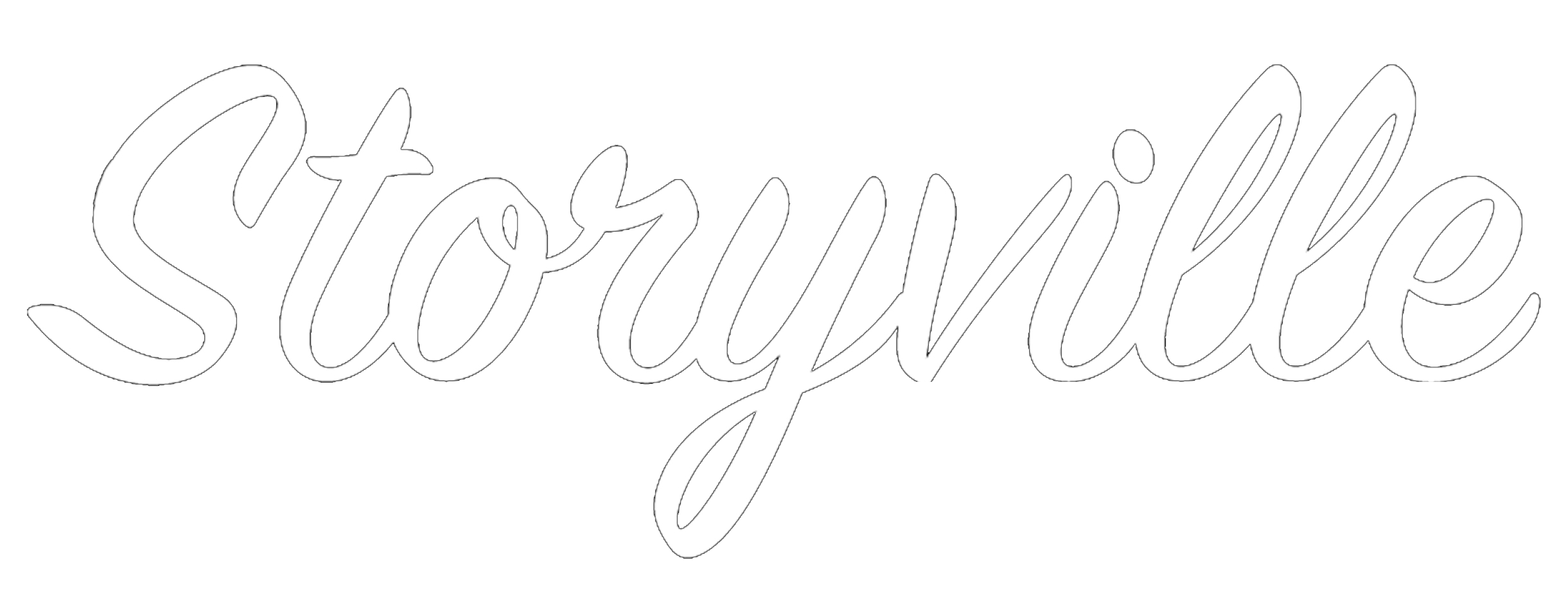
Manuscript formatting
Think of formatting as the underlying bones of your manuscript. Ideally, if we’re all the same animal, our skeletons should be similar. It gives our work a known aesthetic and lets us move past the skeleton to see the meat of your story. Fancy scripts and weird spacing and alignments distract from what we’re really trying to see. We’re not saying that beauty and power can’t be found in something different. Not at all. But here, while we’re learning, let’s keep it simple.
Times New Roman or Cambria (Word default).
12 pt font, double-spaced.
One inch margins.
Your name, address, phone number, email address, and word count go in the upper left hand corner of the first page.
Include page number and title of the story in the footer.
For scene breaks, use a glyph such as * or # or *** or ### to signify a separation.
Use italics (not an underline) to signify foreign language, emphasis, title, etc.
One space after a period. ALWAYS. Never two.
Don’t use bold for emphasis.
Commas and other punctuation always goes on the inside of dialogue: “Stop running,” he said. “What are you afraid of, my dear?”
Shunn’s format is the industry standard. Go here to learn more about proper manuscript formatting.
Banner image by Brett Sayles on Pexels
